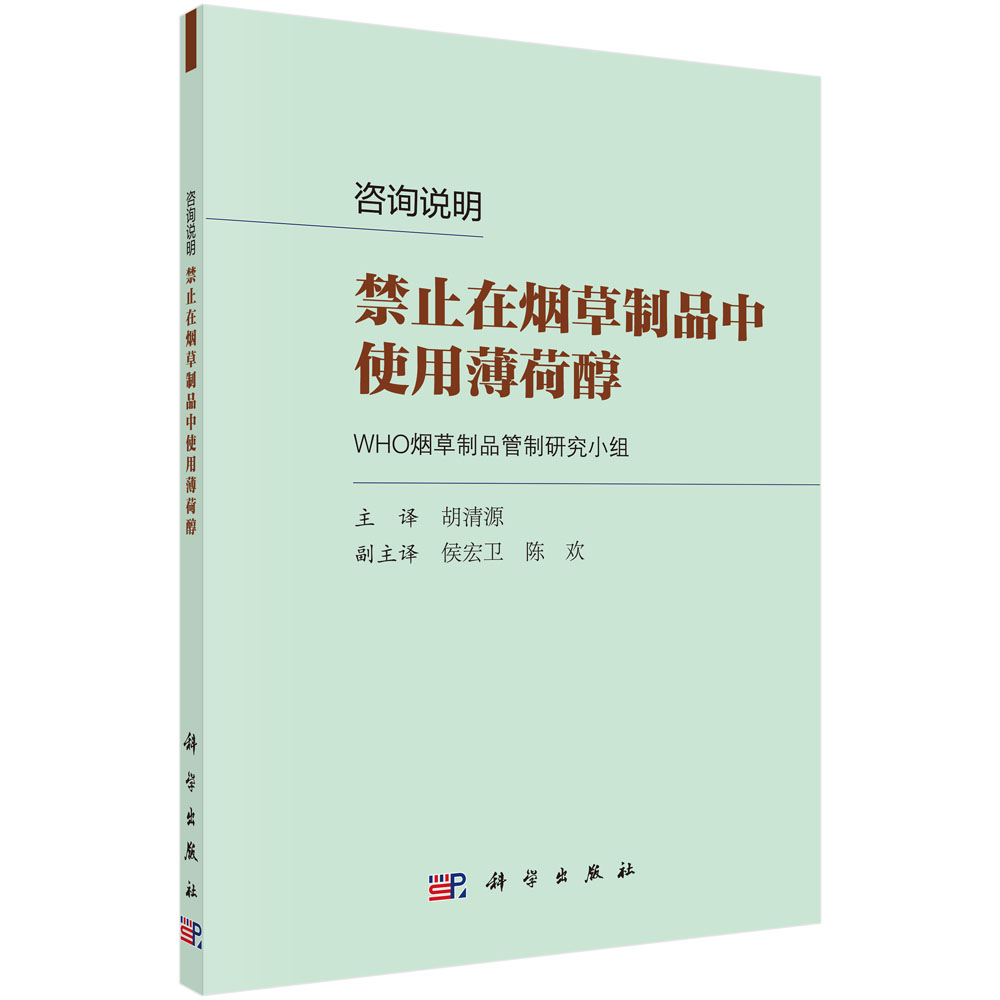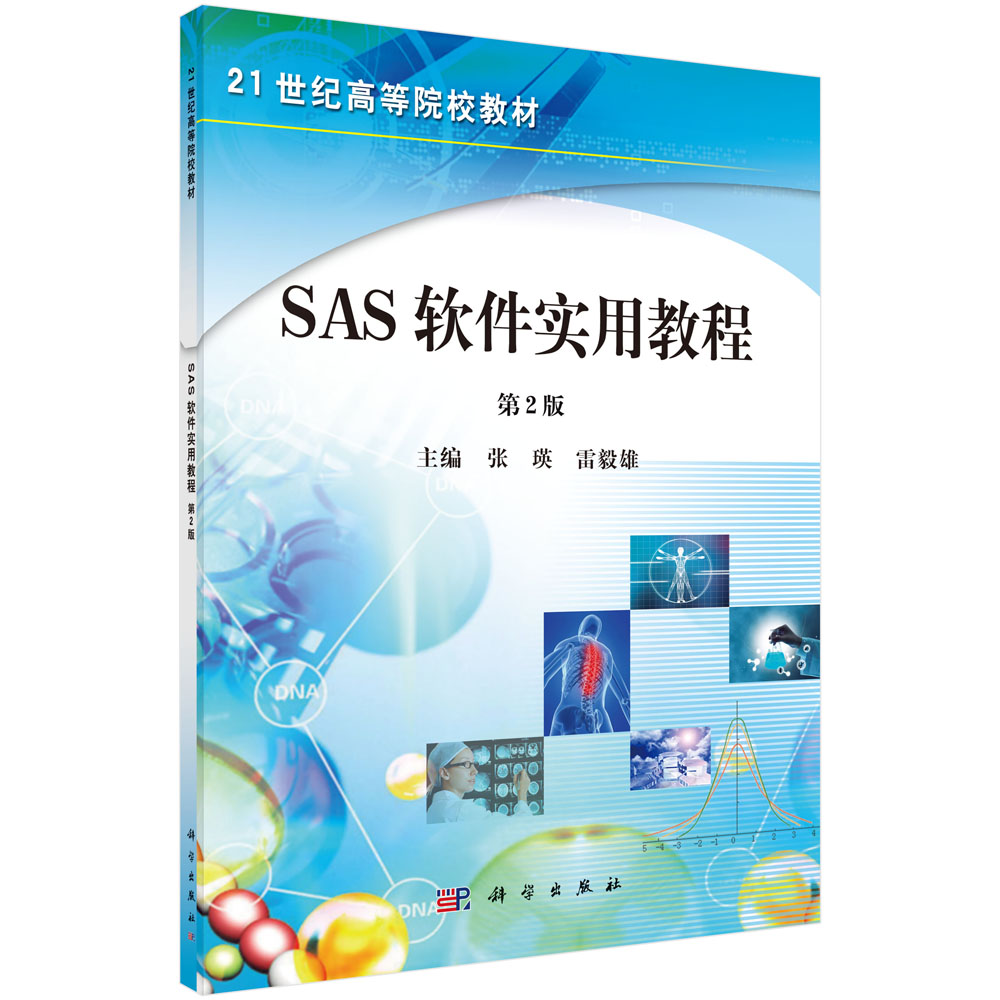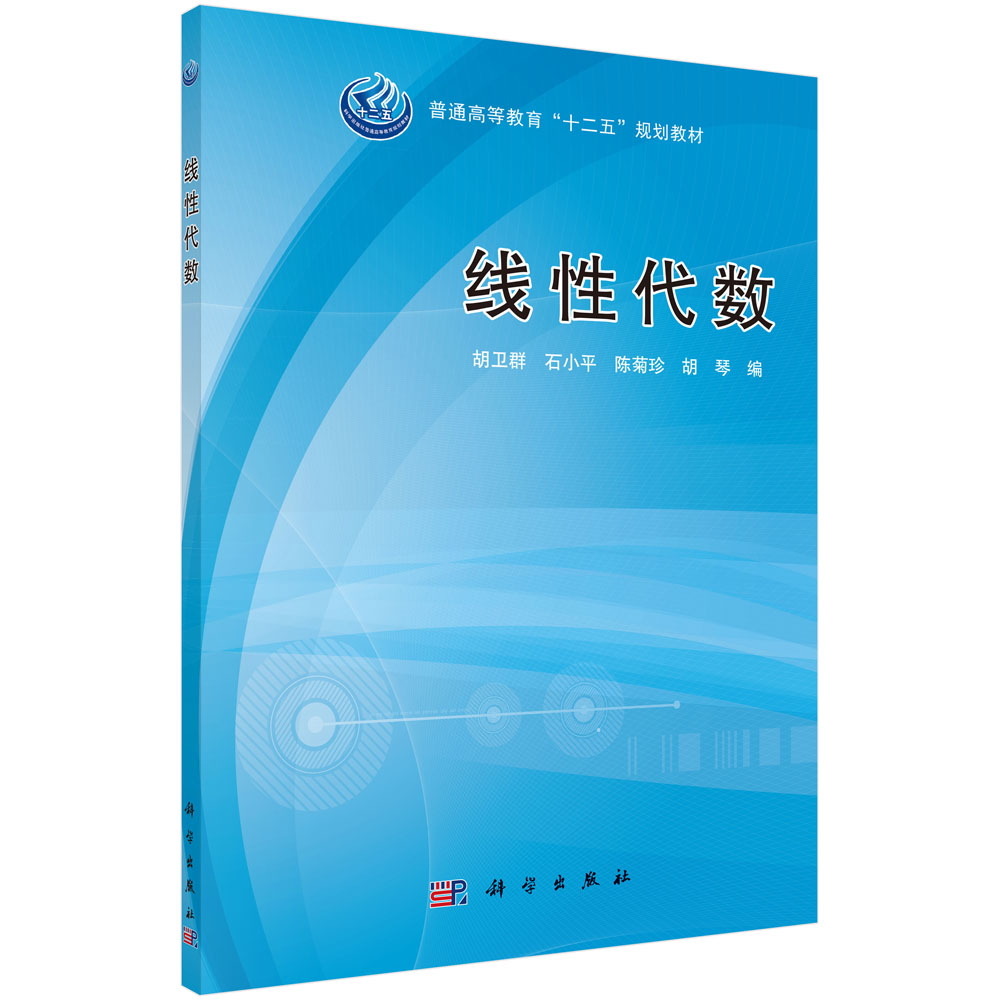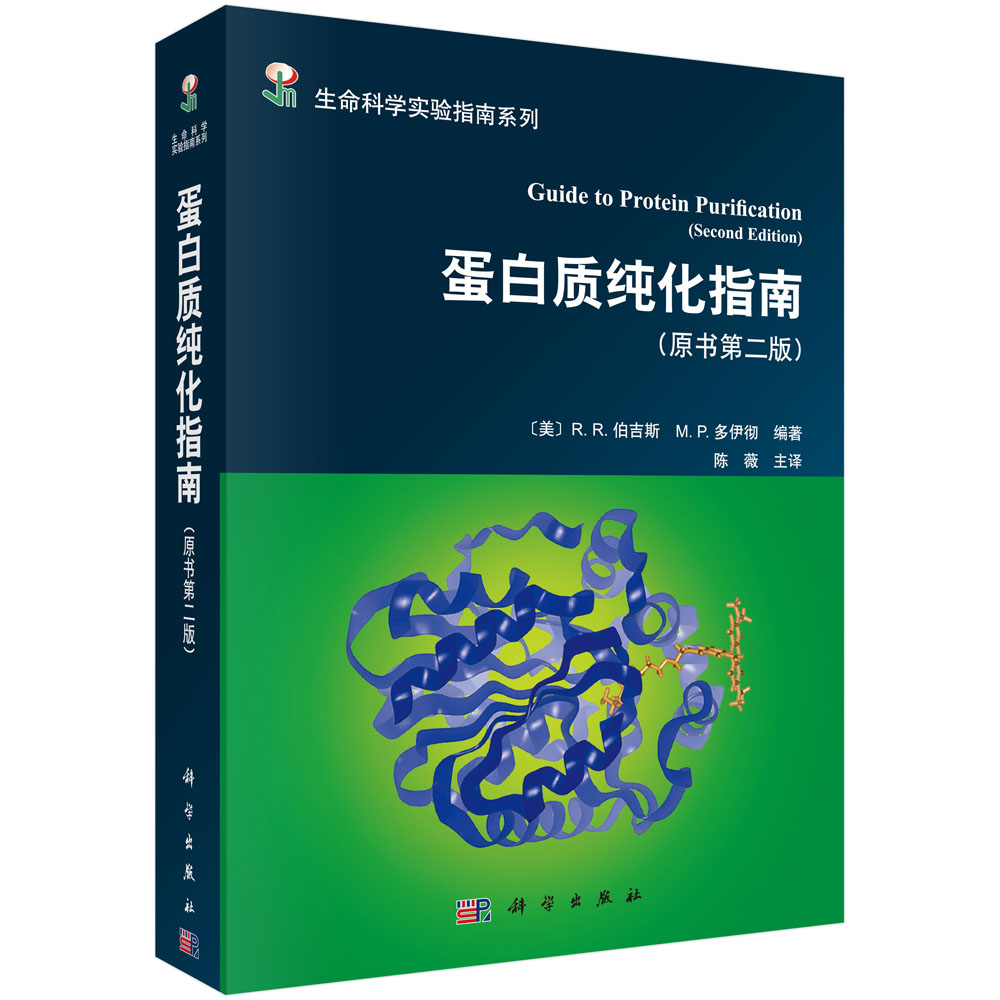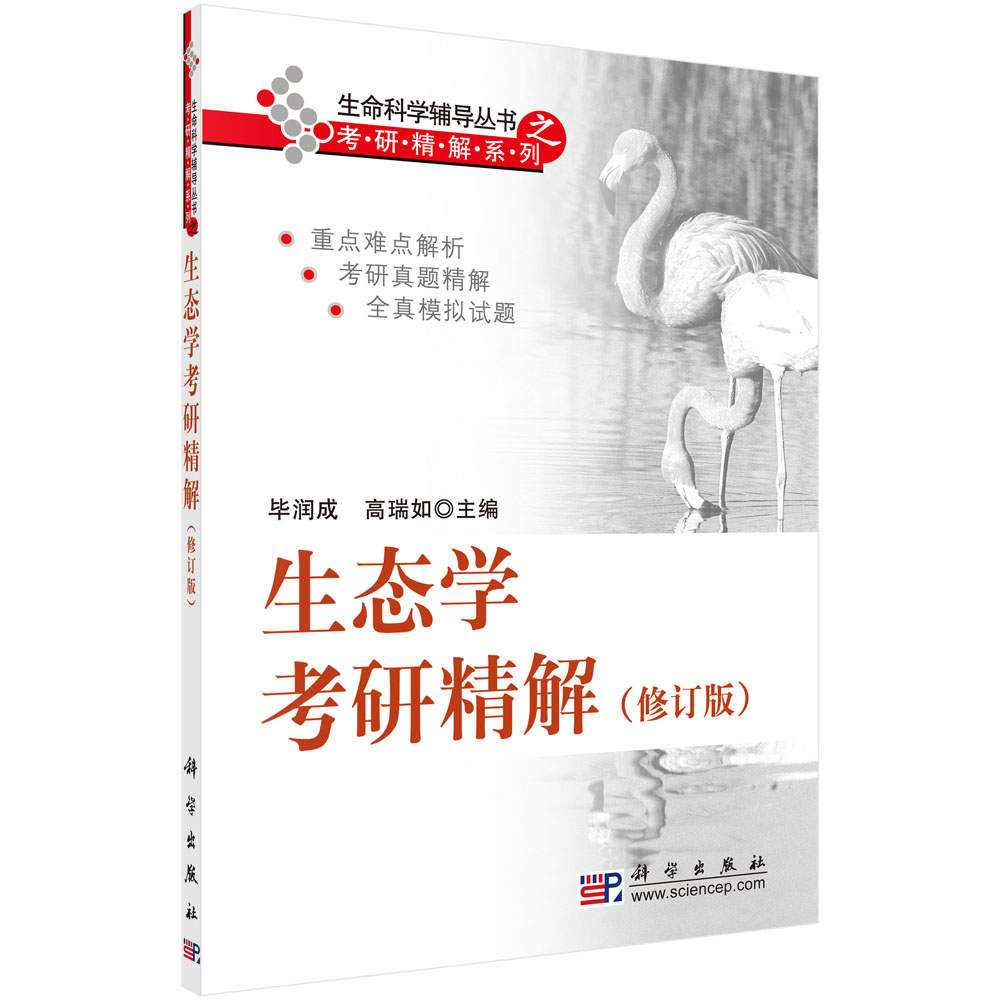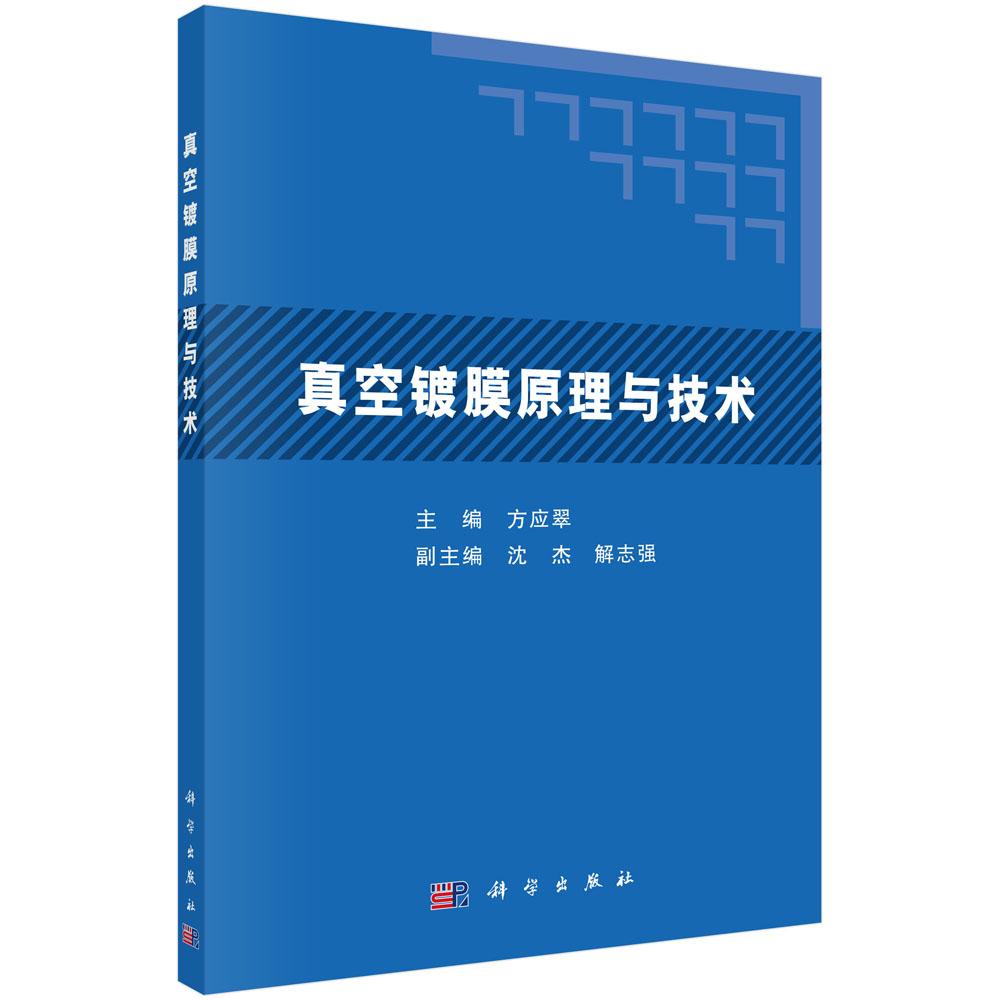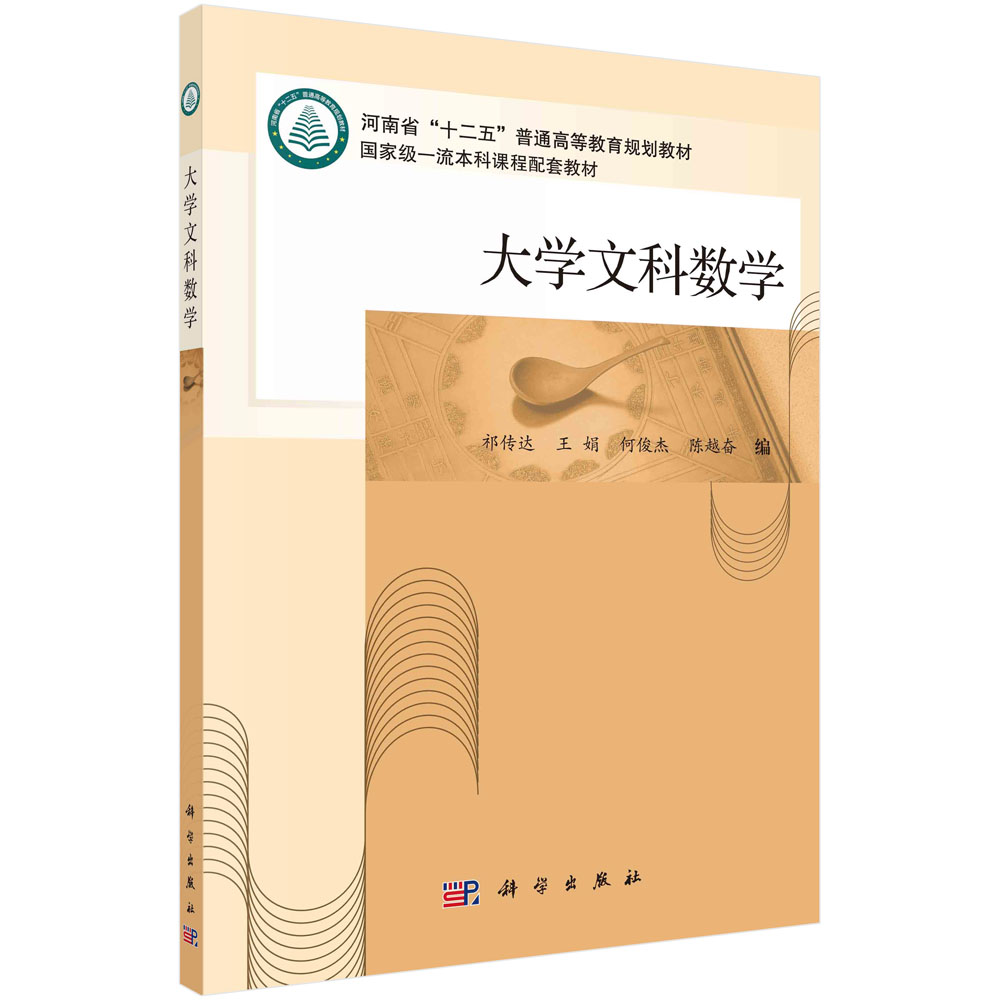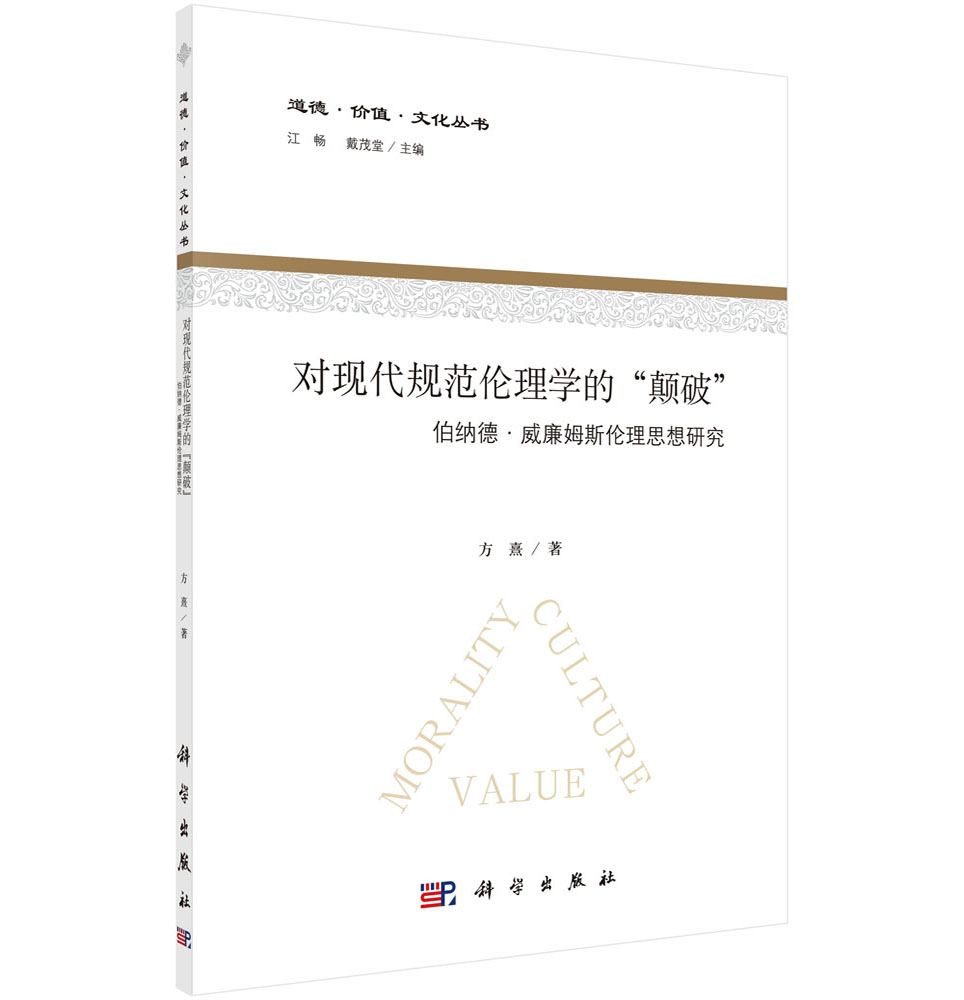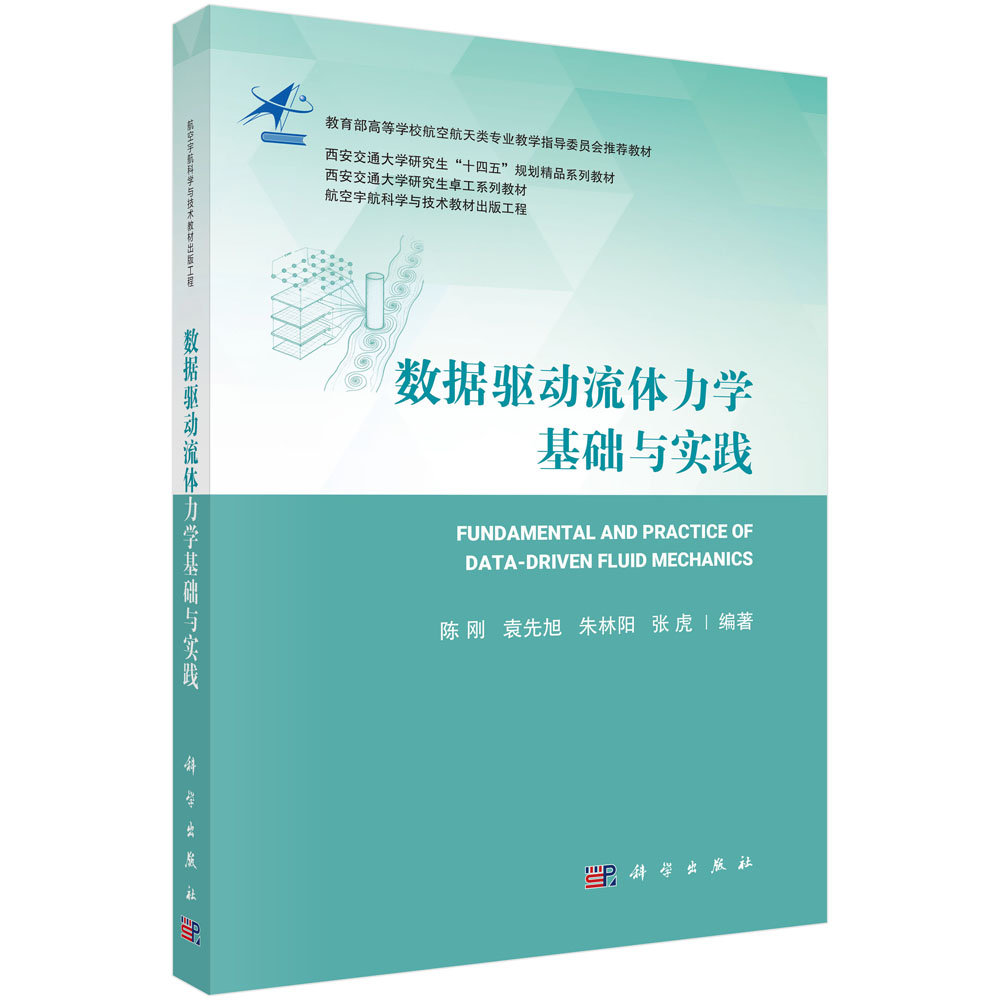薄荷醇是卷烟或其他烟草制品中常用的调味剂。含薄荷醇的卷烟更多被年轻人、女性和少数民族使用,促使他们开始并持续吸烟,直至成瘾。这已引起了全球的关注。为解决这个公众健康问题,WHO烟草制品管制研究小组(TobReg)发布了这份关于薄荷醇的咨询说明,综合了烟草制品中薄荷醇的流行性及其健康影响的近期研究成果,对政策制定者和监管者提供基于证据的结论和建议,包括在卷烟中禁用薄荷醇(及其类似物、衍生物或前体物)。
样章试读
目录
- 目录
WHO烟草制品管制研究小组第八次会议 1
前言 5
致谢 7
1. 引言 8
2. 薄荷醇在烟草制品中的使用 11
2.1 在烟草制品中的使用形式和方法 11
2.2 卷烟中薄荷醇的含量 12
2.3 非燃烧型烟草制品中的薄荷醇含量 13
2.4 小结 13
3. 薄荷醇卷烟的使用模式 14
3.1 薄荷醇烟草制品的流行性 14
3.2 薄荷醇卷烟使用的人群模式 15
3.3 薄荷醇卷烟的使用趋势 18
3.4 小结 19
4.薄荷醇卷烟的市场营销 21
4.1 薄荷醇卷烟和非薄荷醇卷烟的定价和零售 21
4.2 推广、宣传和包装 22
4.3 健康保障信息 22
4.4 “年轻有活力”、社会性和群体归属感 23
4.5 目标群体(青少年、女性、特定种族或民族群体) 24
4.6 产品差异性 25
4.7 小结 26
5. 薄荷醇的消费者认知 28
5.1 味觉认知和感官评价 28
5.2 有害性认知 29
5.3 品牌和包装对味觉认知和感官评价的影响 30
5.4 薄荷醇和烟草使用的正面看法 31
5.5 小结 32
6. 薄荷醇的生理效应 33
6.1 降低粗糙感和刺激性 33
6.2 感官刺激 34
6.3 对呼吸系统的影响 35
6.4 条件性强化 36
6.5 烟碱乙酰胆碱受体 37
6.6 烟碱代谢和生物利用度 38
6.7 遗传差异性 39
6.8 小结 40
7. 健康结果 41
7.1 暴露生物标志物 41
7.2 吸烟行为 42
7.3 有害性 43
7.4 癌症风险 44
7.5 非癌症疾病风险 44
7.6 小结 45
8. 对抽吸行为、依赖性和戒断的影响 46
8.1 初始吸烟 46
8.2 转换吸烟模式 47
8.3 发展为规律性吸烟 48
8.4 成瘾程度 49
8.5 戒烟或寻求治疗的意愿 51
8.6 戒烟效果和复吸率 51
8.7 对使用其他烟草制品或药物的影响 53
8.8 小结 53
9. 对薄荷醇的监管 55
9.1 现有的监管措施 55
9.2 对监管的支持 56
9.3 监管面临的挑战 57
9.4 薄荷醇禁令的潜在影响 57
9.5 小结 59
10. 结论 60
11. 建议 62
12. 参考文献 63
CONTENTS
Participants in the eighth meeting of the WHO Study Group on Tobacco Product Regulation 81
Preface 85
Acknowledgements 87
1. Introduction 89
2. Use of menthol in tobacco products 92
2.1 Form and method of application in tobacco 92
2.2 Menthol content of cigarettes 93
2.3 Menthol content of non-combusted tobacco 94
2.4 Summary 95
3. Patterns of use of menthol 96
3.1 Prevalence of menthol tobacco use 96
3.2 Demographic patterns of menthol use 97
3.3 Trends in menthol cigarette use 101
3.4 Summary 102
4. Marketing of menthol 103
4.1 Pricing and retailing of menthol and non-menthol cigarettes 103
4.2 Promotions, advertising and packaging 104
4.3 Health reassurance messages 105
4.4 “Youthfulness”, sociability and group belonging 106
4.5 Target groups (youth, women, specific racial or ethnic groups) 107
4.6 Product differences 108
4.7 Summary 110
5. Consumer perceptions of menthol 111
5.1 Taste perception and sensory evaluation 111
5.2 Perceptions of harm 112
5.3 Roles of branding and labelling in taste perception and sensory evaluation 114
5.4 Favourable views of menthol and tobacco use 114
5.5 Summary 115
6. Physiological effects of menthol 117
6.1 Reduced harshness or irritation 117
6.2 Sensory stimulation 119
6.3 Respiratory effects 120
6.4 Conditioned reinforcement 121
6.5 Nicotinic acetylcholine receptors 122
6.6 Nicotine metabolism and bioavailability 123
6.7 Genetic differences 125
6.8 Summary 125
7. Health outcomes 127
7.1 Biomarkers of exposure 127
7.2 Smoking behaviour and topography 128
7.3 Toxicity 129
7.4 Cancer risk 130
7.5 Non-cancer disease risk 131
7.6 Summary 131
8. Effects on smoking behaviour, dependence and quitting 133
8.1 Initiation 133
8.2 Switching 134
8.3 Progression to regular use 135
8.4 Strength of addiction 136
8.5 Intention to quit or seek treatment 138
8.6 Cessation outcomes and relapse rates 139
8.7 Effects on use of other tobacco products and of drugs 141
8.8 Summary 142
9. Regulation of menthol 143
9.1 Existing regulatory control 143
9.2 Support for regulation 144
9.3 Challenges to regulation 145
9.4 Potential effects of a menthol ban 146
9.5 Summary 148
10. Conclusions 149
11. Recommendations 151
12. References 152

